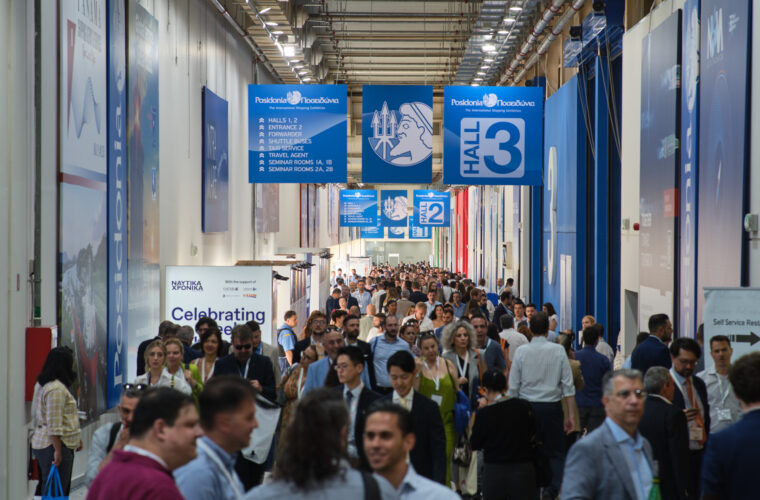For a month, women’s football will be the most followed globally. From 20 July to 20 August, the ninth edition of the Women’s World Cup will be played in Australia and New Zealand. For the first time there will be 32 national teams at the start, after the Fifa reform and previous World Cups played with 24 participants. Ten stadiums will host the matches, six in Australia and four in New Zealand. The two home national teams will open the tournament, playing the first match of their respective preliminary round on the first day of the programme.
While it is impossible to speak of equality between men and women today in terms of the interest and volume of business around football, it is equally true that it is impossible to deny the growth that women’s football has been experiencing for years, with several countries having set the path to professionalism in the activity, launched new leagues and attracted major sponsors to help let everyone know that football is not just a sport for men.
The monetary distance between men and women
The lack of equality in the sector also and above all concerns the treatment of the players, which is why FIFA has been much criticised in recent months. Uniting the fans and feminist activists was the difference in the prize money for the Women’s World Cup Australia & New Zealand 2023 in comparison to the World Cup Qatar 2022. The men’s national teams shared €478 million, while for the women’s teams there is a total of $110 million (corresponding to just over €98 million) up for grabs.
The distance is a long one, although it is worth noting the growth in the money allocated to the women’s world, with the prize money for the upcoming World Cup being three times that of the previous edition. In the meantime, however, the public’s attention is growing, even if FIFA president Gianni Infantino‘s aims seem a little too optimistic: ‘Women’s football is making important steps forward and for this World Cup we expect 2 billion spectators.
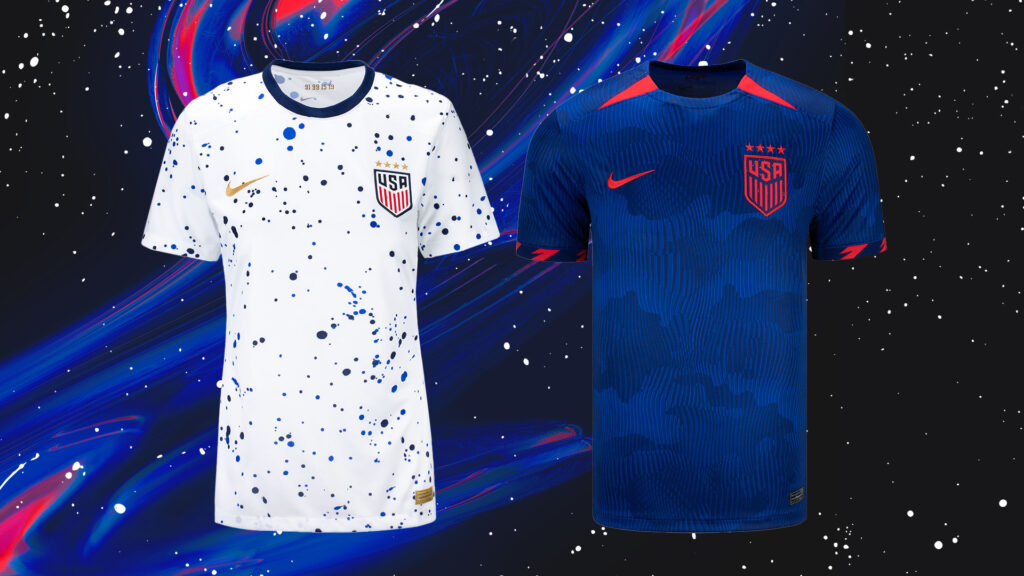
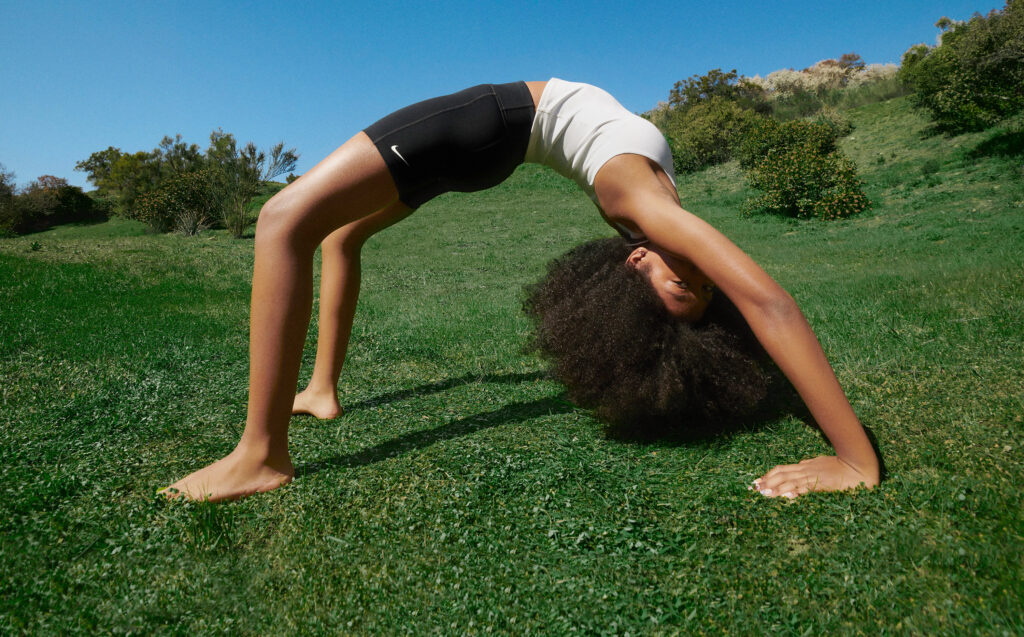
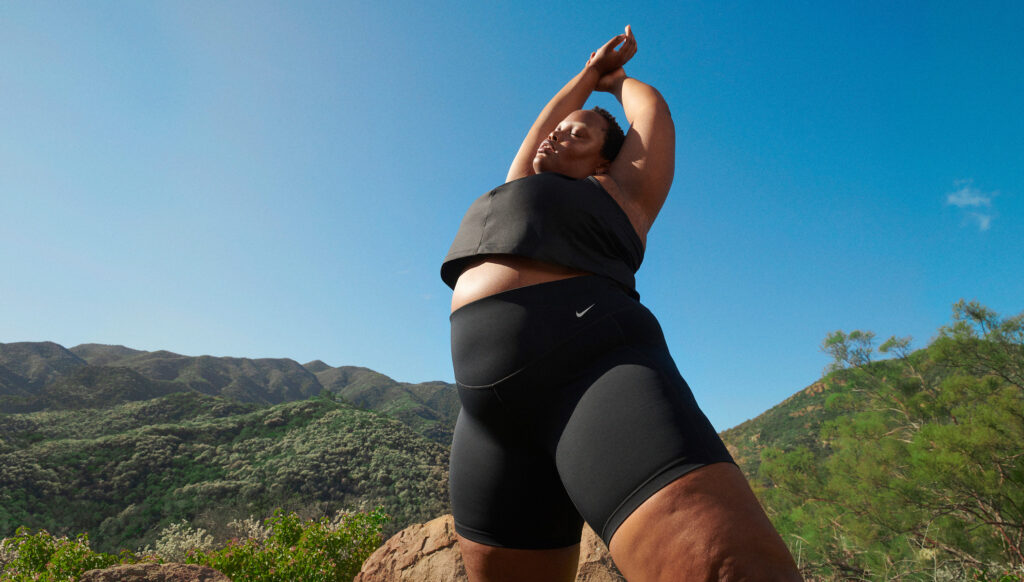
Adidas and Nike, long live recycling
While we will have to wait and see how many people will follow the event, the World Cup Australia and New Zealand will certainly be very high-tech, thanks in particular to the two best-known brands in sportswear. The global event is an opportunity for Nike to present competition jerseys made from 100% recycled material, combining advances in breathability and ventilation with ease of movement to speed up sweat evaporation and keep athletes cool, dry and comfortable.
For its part, Adidas has prepared for the federations it sponsors a kit with Parley Ocean Plastic technology, with fabric filaments obtained by recycling plastics captured on beaches before they reached the oceans (both for the Authentic jerseys worn by the players and for the replicas on sale in shops). The material is also used for the boots and has a 50-50 split between recycled plastic and recycled polyester.
The importance of menstrual shorts
The most crucial innovation in terms of benefits for female players is by Nike and concerns the shorts, which have always been a problem during menstruation. So many times, many women have been stuck in those days for fear of staining (as well as pain), giving up taking the field or playing having to live with the discomfort. With Leak Protection: Period, you can now play without discomfort because the shorts are made with an ultra-thin, absorbent lining that allows the wearer to continue exercising in peace. After designing and testing more than 30 prototypes to find the right fit for ease of movement and comfort, Nike engineers integrated an 18-centimetre support crotch and an invisibly integrated bottom into the shorts.
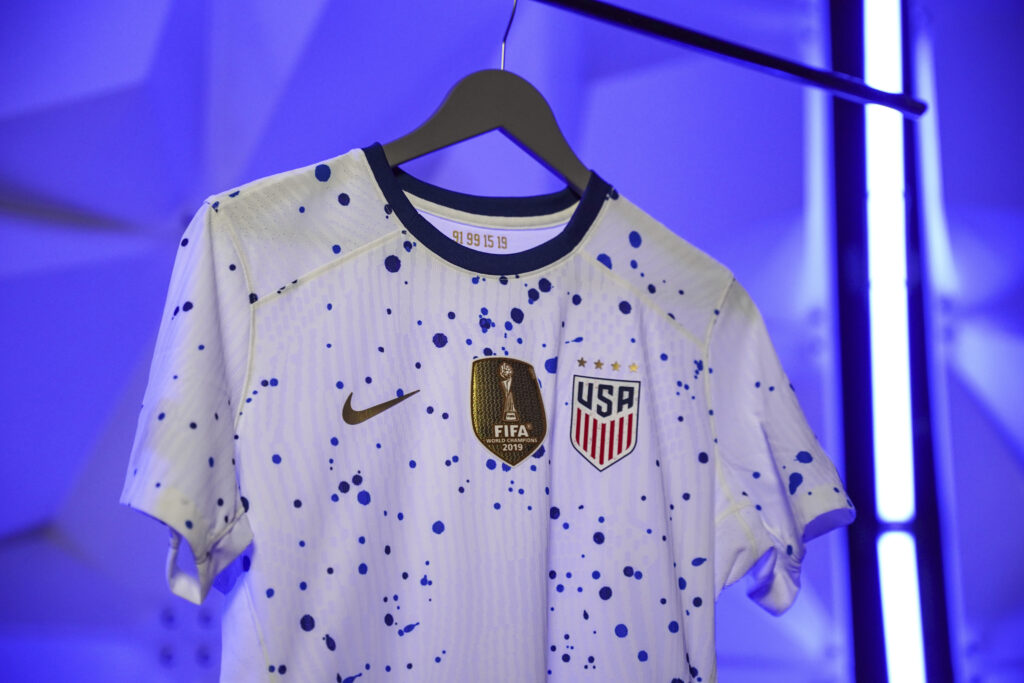
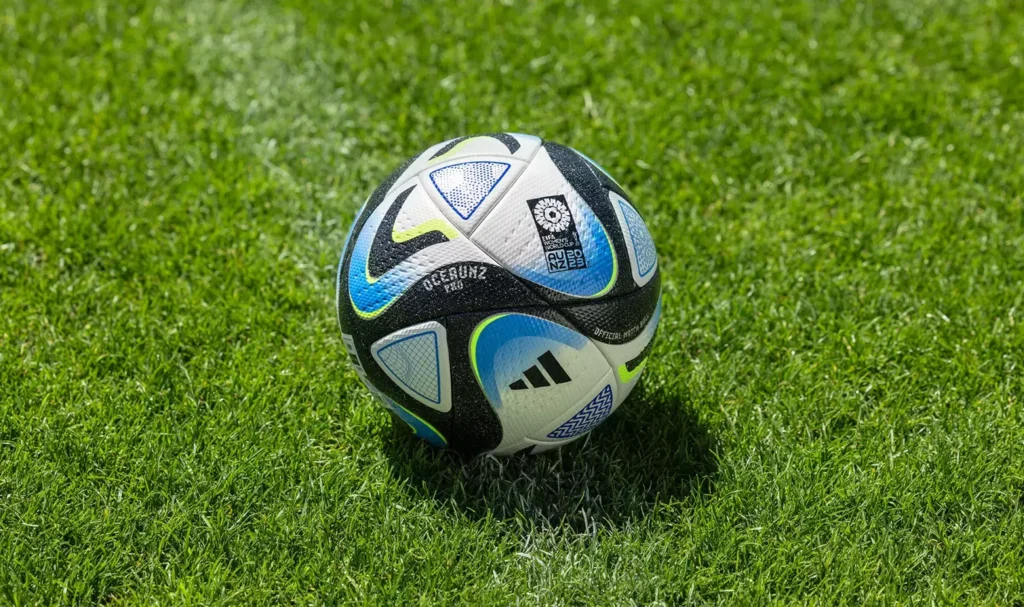
Technology that improves the game
The most intriguing novelty coming from Adidas concerns Oceaunz, the official ball of the FIFA World Cup 2023. It is the ninth consecutive ball that the German company has created for the event, but the first equipped with Connected Ball technology, which, like Al Rihla in the men’s World Cup in Qatar, provides more data in less time than ever. Thanks to this innovation, semi-automatic offside can be applied or unclear touches detected, with the Video Assistant Referees having instant information and images that improve the quality and speed of decision-making.
Made of polyurethane leather, the connected system incorporates a 500 Hz IMU (Inertial Measurement Unit) motion sensor, which provides an unprecedented view of every element of the ball’s movement, making this technology imperceptible to the players and not affecting performance in any way.

